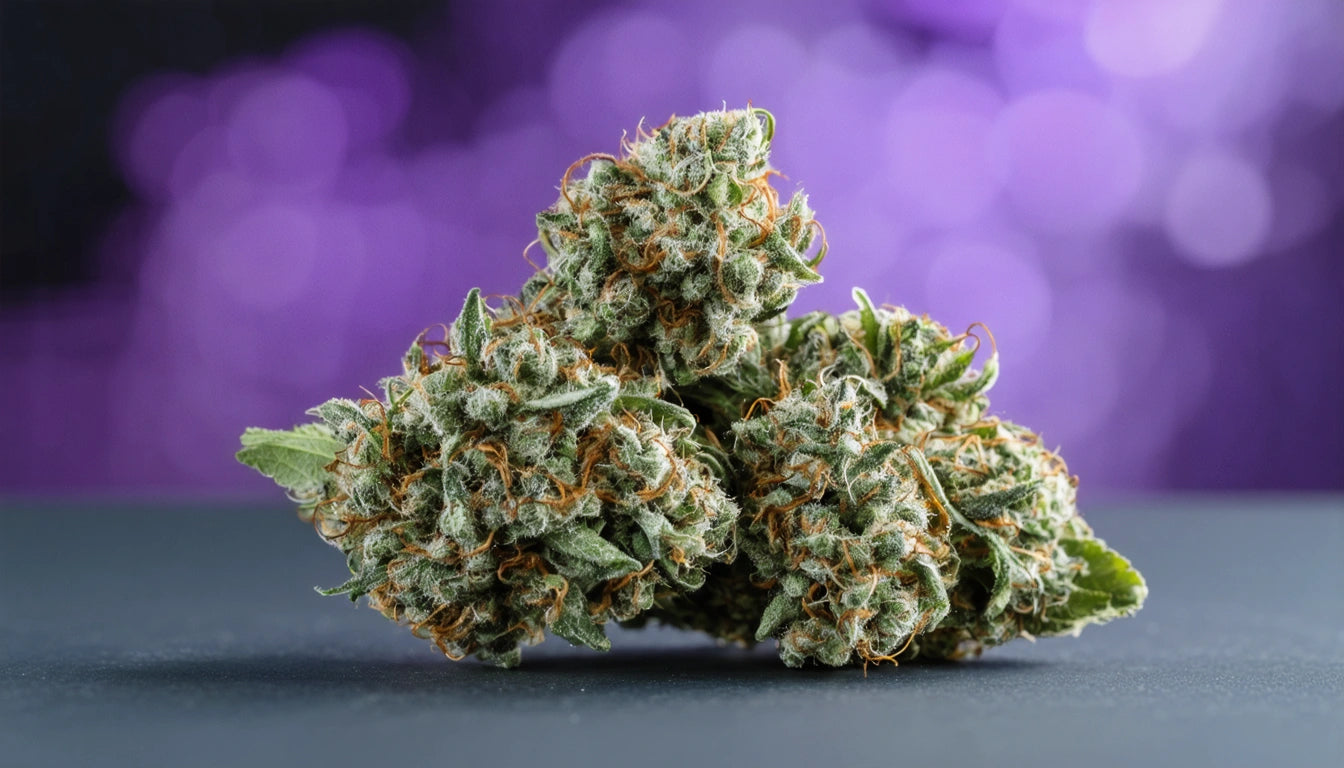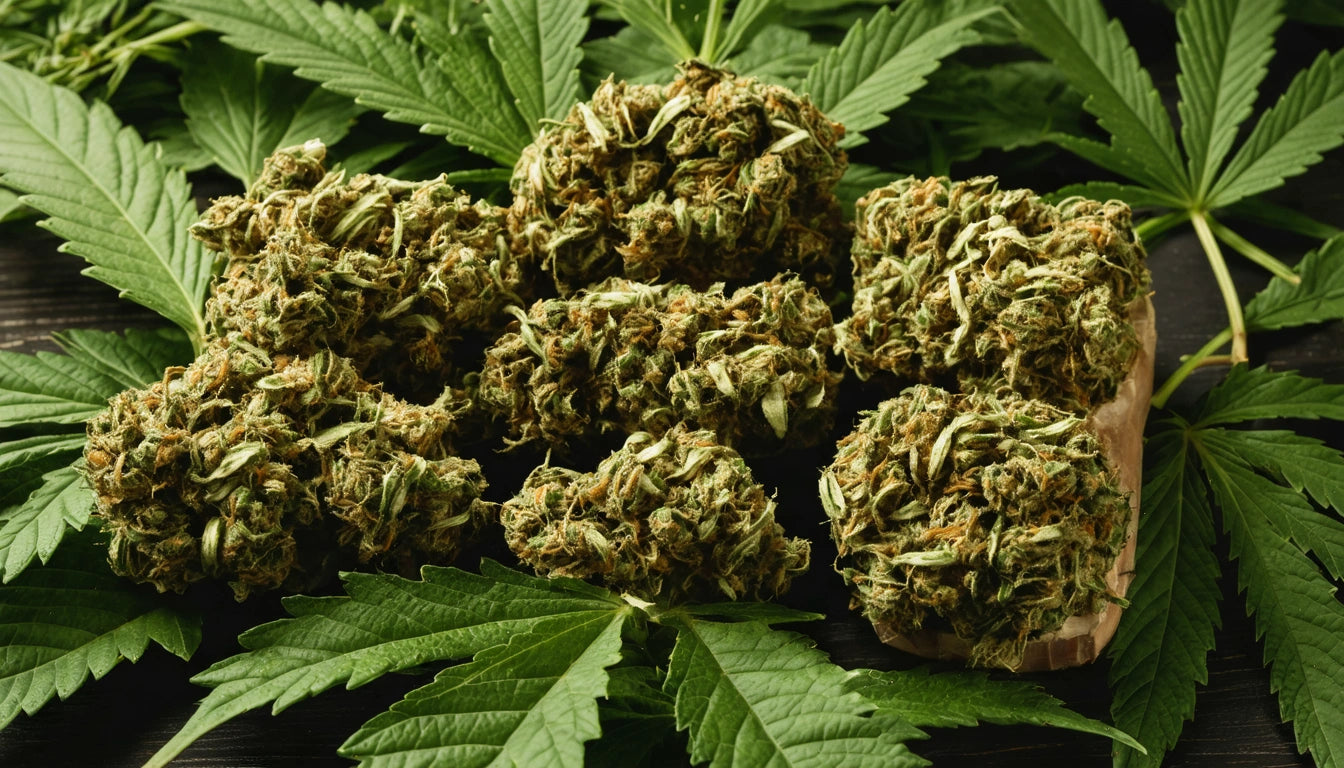Table of Contents
- Benefits of Growing Weed Outdoors
- Choosing the Right Location for Outdoor Cannabis
- Selecting Quality Cannabis Seeds
- Seed Germination Techniques
- Soil Preparation and Amendments
- Planting Cannabis Seedlings Outdoors
- Watering and Feeding Your Outdoor Plants
- Pest and Disease Management
- Harvesting and Curing Your Outdoor Crop
- Maximizing Future Harvests: Lessons from Outdoor Growing
Comprehensive Guide to Growing Weed Outdoors from Seeds
Growing cannabis outdoors from seed offers a rewarding experience that connects you with nature while potentially yielding abundant harvests. Whether you're a beginner wondering "can you grow weed outside" or an experienced grower looking for the "best way to grow weed outside," this guide covers everything you need to know about cultivating cannabis in natural environments.
Benefits of Growing Weed Outdoors
Outdoor cannabis cultivation offers several advantages over indoor growing:
- Lower startup and operational costs (no expensive lighting systems)
- Larger potential yields due to unrestricted root growth
- More environmentally sustainable with lower carbon footprint
- Sunlight provides a full spectrum that artificial lights can't completely replicate
- Natural pest predators can help manage common cannabis pests
While learning how to grow weed outdoors requires understanding seasonal timing and weather patterns, the rewards often outweigh the challenges for many cultivators.
Choosing the Right Location for Outdoor Cannabis
Finding the ideal spot is crucial when figuring out how to plant weed outside. Your cannabis plants need:
- 6+ hours of direct sunlight daily (south-facing exposure in the Northern Hemisphere)
- Protection from strong winds that can damage plants
- Privacy from neighbors and passersby
- Accessibility for regular maintenance
- Legal compliance with local regulations
Many successful growers integrate their cannabis plants with other garden vegetables or ornamentals for discretion. According to our comprehensive guide to growing cannabis, balconies, rooftops, and secluded garden areas can all work well for outdoor cultivation.
Selecting Quality Cannabis Seeds
When learning how to grow weed from seeds outdoors, start with quality genetics. Consider:
- Strain selection based on your climate (indica-dominant strains typically finish earlier)
- Feminized seeds to ensure female plants that produce buds
- Autoflowering varieties for shorter growing seasons
- Pest and mold resistance for outdoor resilience
For beginners wondering how to grow a weed plant from a seed outdoors, starting with hardy, forgiving strains like Northern Lights or Blue Dream can increase success rates.
Seed Germination Techniques
Before planting weed seeds outside, they need to be germinated. The paper towel method is popular and effective:
- Place seeds between damp paper towels on a plate
- Cover with another plate to create a dark, humid environment
- Keep at 70-85 °F (21-29 °C)
- Check daily until taproots emerge (usually 2-7 days)
Alternatively, you can germinate directly in small pots of seed-starting mix, which reduces transplant shock. For those learning how to plant a weed seed outside, either method works well when timed properly with your local growing season.
Soil Preparation and Amendments
Cannabis thrives in well-draining, nutrient-rich soil. The best way to grow outdoor weed starts with proper soil preparation:
- Test your soil pH (aim for 6.0-7.0)
- Add compost to improve structure and fertility
- Consider adding perlite or vermiculite for drainage
- Pre-amend with organic nutrients like worm castings, bat guano, or fish meal
Many experienced growers create raised beds or use large fabric pots (15+ gallons) when learning how to grow a weed plant outside, as this provides better control over soil quality and drainage.
Planting Cannabis Seedlings Outdoors
When learning how to plant weed seeds outdoors, timing is everything. Generally, you should:
- Wait until after the last frost date in your region
- Harden off indoor-started seedlings by gradually introducing them to outdoor conditions
- Dig holes twice the size of your starter containers
- Mix in additional compost and slow-release organic nutrients
- Plant at the same depth as the seedling was growing previously
- Water thoroughly after planting
Space plants at least 3-6 feet apart to allow for proper air circulation and growth. Our team has found that using specialized planting tools and equipment can make the transplanting process more efficient and reduce stress on young plants.
Watering and Feeding Your Outdoor Plants
Proper irrigation is crucial when figuring out how to grow weed outside:
- Water deeply but infrequently to encourage deep root development
- Water at the base of plants, avoiding foliage when possible
- Consider drip irrigation systems for consistency
- Adjust watering based on rainfall, temperature, and plant size
For nutrients, start with a balanced organic fertilizer during vegetative growth, then switch to a bloom-specific formula when flowering begins. As detailed in our guide to growing weed plants naturally, compost teas and organic amendments often produce the best flavor profiles in outdoor cannabis.
Pest and Disease Management
Outdoor plants face more pest pressure than indoor ones. When learning how to grow outdoor weed from seed, implement these practices:
- Inspect plants regularly for signs of pests or disease
- Introduce beneficial insects like ladybugs and predatory mites
- Use organic preventative sprays like neem oil during vegetative growth
- Remove severely affected leaves or plants to prevent spread
- Maintain good airflow by proper spacing and selective pruning
Common outdoor cannabis pests include spider mites, aphids, caterpillars, and deer. Each requires different management strategies, so proper identification is key.
Harvesting and Curing Your Outdoor Crop
Knowing when and how to harvest is critical for those learning how to grow weed outdoors:
- Watch for trichome color change from clear to cloudy to amber
- Harvest in the morning after dew has dried but before temperatures rise
- Cut whole plants or branches depending on your drying setup
- Hang in a dark, temperature-controlled room (60-70 °F/15-21 °C) with 45-55% humidity
- Dry slowly for 7-14 days until stems snap rather than bend
- Cure in glass jars for at least 2-4 weeks, opening daily at first
Proper curing is often overlooked by beginners but is essential for developing the full flavor profile and potency of your outdoor cannabis.
Maximizing Future Harvests: Lessons from Outdoor Growing
As you gain experience with how to grow plants outdoors, particularly cannabis, each season teaches valuable lessons:
- Keep detailed journals of your growing process, noting weather patterns, feeding schedules, and results
- Save seeds or take cuttings from particularly successful plants
- Rotate planting areas to prevent soil depletion and pest buildup
- Consider companion planting with herbs like basil, marigolds, or lavender to deter pests
- Build living soil over multiple seasons by adding compost and cover crops during off-seasons
Many experienced growers find that their outdoor cannabis improves year after year as they refine their techniques and build soil health. For more advanced techniques, refer to our tips for growing exceptional weed at home.
With patience, attention to detail, and a willingness to learn from both successes and failures, growing weed outdoors from seed can become one of the most rewarding cultivation experiences, connecting you directly to the plant's natural growth cycle while potentially yielding abundant harvests of high-quality cannabis.











Leave a comment
All comments are moderated before being published.
This site is protected by hCaptcha and the hCaptcha Privacy Policy and Terms of Service apply.